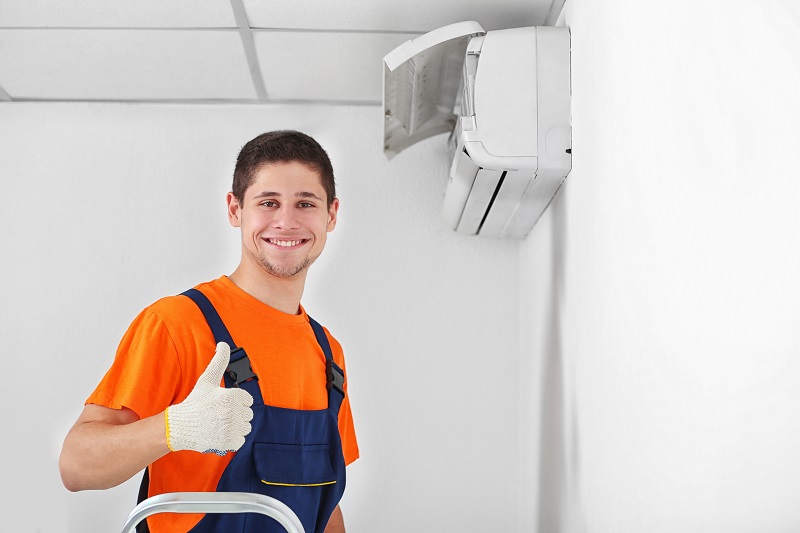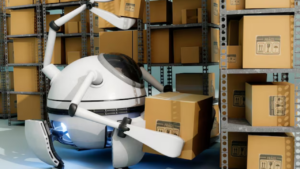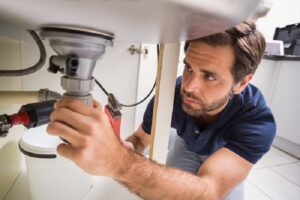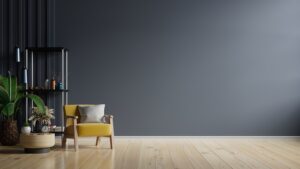Introduction: The Benefits of Switching to Evaporative Cooling
As temperatures continue to soar worldwide and the demand for energy-efficient cooling methods increases, it’s high time for homeowners and businesses to consider evaporative cooling systems. Not only are these systems cost-effective and environmentally friendly, but they also improve indoor air quality and offer many other benefits. So, what exactly is evaporative cooling, and what are the advantages of using such a system? In this article, we’ll explore the benefits of evaporative cooling, from energy efficiency to indoor air quality, making it easier for you to decide if it’s the right choice for your space.
1. Understanding the Evaporative Cooling Process
To appreciate the benefits of evaporative cooling, it’s important to first understand how the process works. As the name suggests, evaporative cooling relies on the natural process of evaporation to cool the air. These systems use a fan to draw warm air through wet cooling pads, which causes the water to evaporate and absorb the heat in the air. The result is cooler, more humid air being circulated throughout the space.
2. Energy Efficiency: Lower Electricity Consumption and Cost Savings
One of the most significant benefits of evaporative cooling is its energy-efficiency. This cooling method uses only a fraction of the electricity that traditional air conditioning systems consume. By relying on the natural process of evaporation, evaporative coolers use less power to cool your space, potentially saving you up to 75% in energy costs compared to traditional cooling methods.
Additionally, evaporative cooling systems are simpler in design, with fewer mechanical parts, which further contributes to energy savings. The combination of lower electricity consumption and minimal mechanical components means a substantial cost reduction in both energy bills and repair expenses.
3. Improved Indoor Air Quality: Breathe Easier and Enjoy a Healthier Environment
Evaporative cooling systems can dramatically improve the indoor air quality of your home or business. Unlike traditional air conditioning, which recirculates the same air over and over, evaporative cooling continually draws in fresh outdoor air, filtering out dust, pollen, and other pollutants.
The continuous circulation of fresh air reduces the risk of mold and mildew growth, both of which can contribute to poor indoor air quality and trigger allergies and asthma symptoms. Moreover, the natural process of evaporative cooling doesn’t produce harmful emissions or chemicals, further ensuring a healthier indoor environment.
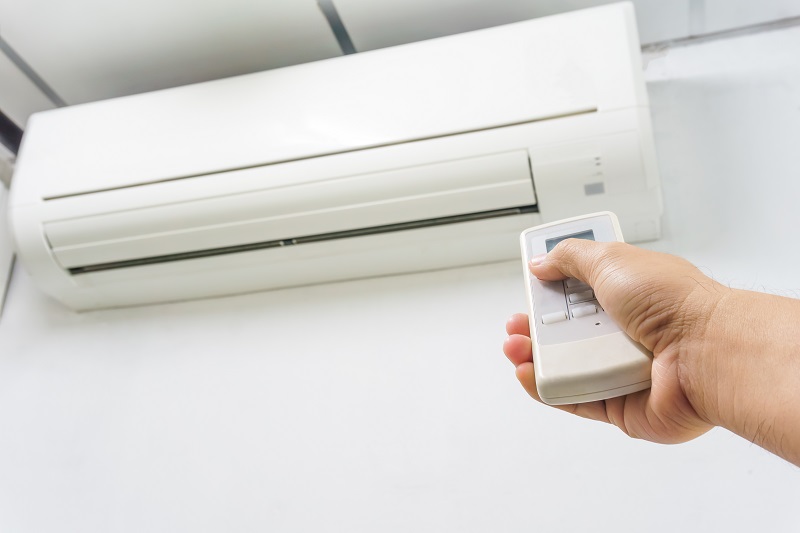
Evaporative Cooling
4. Environmentally Friendly: Lower Carbon Footprint and Sustainable Cooling Solution
In addition to being cost-effective and energy-efficient, evaporative cooling is also an environmentally friendly method of cooling your space. Traditional air conditioning systems rely on refrigerants, such as hydrofluorocarbons (HFCs), that significantly contribute to greenhouse gas emissions.
On the other hand, evaporative cooling only uses water, making it a more eco-friendly alternative. By switching to evaporative cooling, you can lower your carbon footprint and contribute to a more sustainable future.
5. Natural Humidification: Balance Indoor Humidity Levels
An added benefit of evaporative cooling is its ability to provide natural humidification to your space. Traditional air conditioning systems tend to dry out the air, which can lead to dry skin, throat irritation, and aggravated allergies. In contrast, evaporative cooling maintains a comfortable level of humidity by adding moisture to the air, providing a more comfortable indoor environment.
Balancing indoor humidity levels is particularly beneficial in arid regions, where dry air can exacerbate respiratory issues and cause wooden furniture to crack or warp. Evaporative cooling can help alleviate these problems by maintaining a healthy level of humidity inside your home or business.
6. Low Maintenance: Simple System Design Ensures Easy Upkeep
Evaporative cooling systems are relatively simple in design, which often translates to lower maintenance requirements compared to traditional air conditioners. With fewer mechanical parts, there’s less chance of failure, leading to fewer repairs and lower costs over time.
Routine maintenance of an evaporative cooler typically involves cleaning or replacing the cooling pads and checking the water level. Seasonal maintenance, such as winterizing the system before a period of disuse or performing general inspection before the cooling season begins, is also relatively simple, ensuring that the unit functions efficiently and effectively.
7. Versatility and Flexibility: Adaptable to Various Spaces and Climates
Evaporative cooling systems are well-suited to a wide range of applications, from homes and offices to warehouses and industrial facilities. They can be used as a primary cooling system or as a supplement to traditional air conditioning, serving as an energy-efficient way to provide additional cooling capacity in large or challenging spaces.
While evaporative cooling is particularly effective in hot and dry climates, it can also provide benefits in regions with higher humidity. In such cases, indirect evaporative coolers or two-stage systems can be used, which offer the advantage of cooling without adding humidity to the space.
8. Conclusion: Making the Switch to Evaporative Cooling
With numerous benefits, including energy efficiency, improved indoor air quality, environmental friendliness, humidification, low maintenance, and versatility, it’s no wonder that evaporative cooling systems are becoming a popular choice for homeowners and businesses alike.
By understanding the process and advantages of evaporative cooling, you can make an informed decision about whether this cooling method is right for your space. In doing so, you’ll be taking a step toward a more comfortable, healthier indoor environment while also contributing to a more sustainable future.
